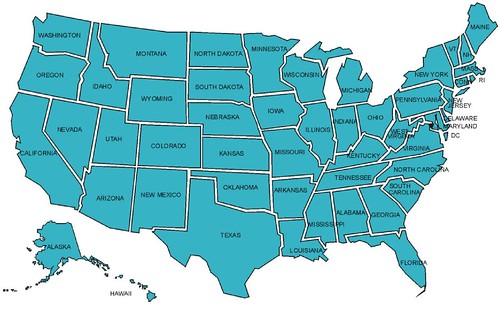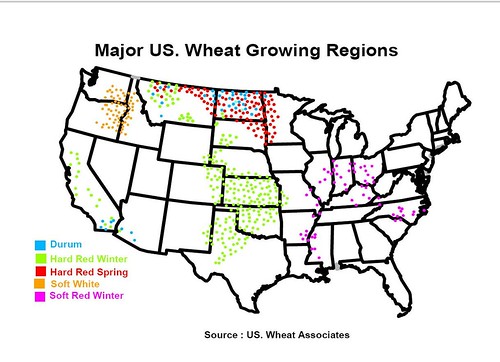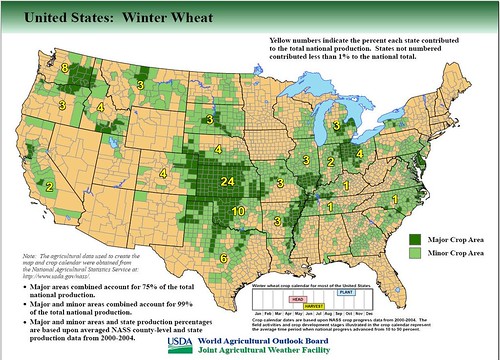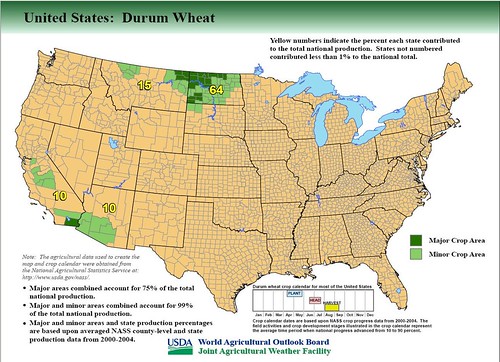I made a stab at some 100% WW rolls today. (Well, I did sub in about 70 grams of white cake flour because I didn’t have enough WW pastry flour.) I was surprised to realize that shaping those little balls was a lot more difficult than shaping a loaf sized boule. I’m generally happy with the results, though I probably should have allowed the rolls to proof longer. Laurel suggests allowing rolls to actually overproof. The final rise time is projected at 45 minutes in a 95F environment. I didn’t have an easy way to create a proofing chamber for a sheet of rolls, so they took a lot longer, and I was impatient.. Here’s a shot of the crumb. That's an 8 oz coffee cup for reference.
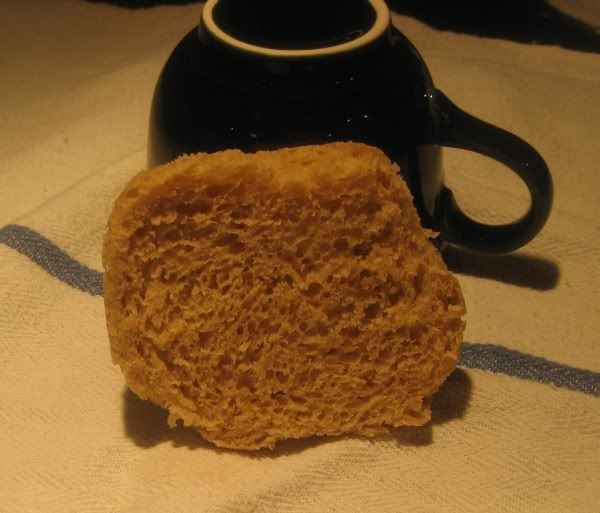
Whole Wheat Dinner Rolls for Thanksgiving
- based on Dinner Rolls for Aunt Agatha in Laurel’s Kitchen Bread Book
SOAKER
35 grams potato flakes
150 grams WW pastry flour
50 grams finely ground red WW flour
230 grams finely ground white WW flour
¼ cup buttermilk powder
1 tsp. Salt
340 grams water
BIGA
470 grams finely ground white WW flour
340 grams water
½ tsp. Instant yeast
FINAL DOUGH
All of soaker
All of biga
7 Tbsp. extra WW flour
2 tsp instant yeast
3 tablespoons honey
1 egg
1 tsp salt (increase to 1¼ tsp)
¼ cup (56 grams) soft unsalted butter – ½ stick
Chop BIGA and SOAKER into several pieces with bench knife. Mix with remaining ingredients on slow speed for 1 to 3 minutes, using extra flour only if necessary. Switch to dough hook, and knead for 2 minutes. Let rest one minute or so, then slowly knead for about another minute, checking for windowpane.
Let dough go through one rise and then shape, rise and bake. .
For a brown and serve roll, bake at 275F for 30 minutes. To serve, preheat the oven to 450 and bake the rolls about 15 minutes, or just until nicely brown. Don’t overbake.
As with any bread, don't cool them on the baking sheet! I parbaked them at 275. When they cooled for about an hour, the top surfaces had shriveled just a tad, and the bottoms were a bit moist. Next time I'll use a cooling rack!
If time permits, I'll do a 2nd attempt before Thanksgiving. For one thing, I'd like to see if the shaping gets any easier with more practice. But for now, these are in the freezer, and will do.






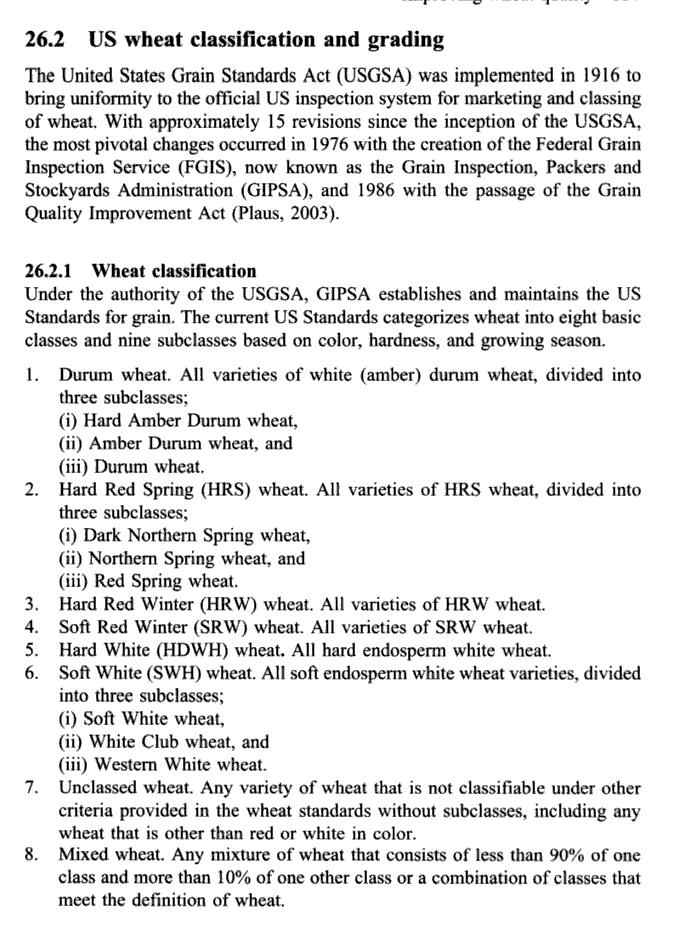

 Baguette and Epi
Baguette and Epi Baguette and Epi crumb
Baguette and Epi crumb 